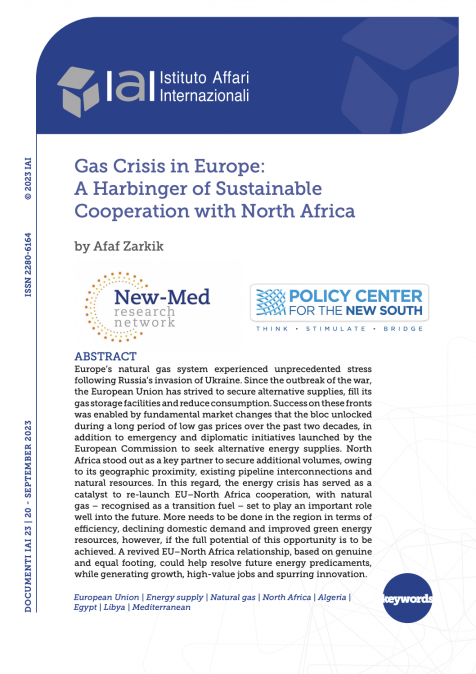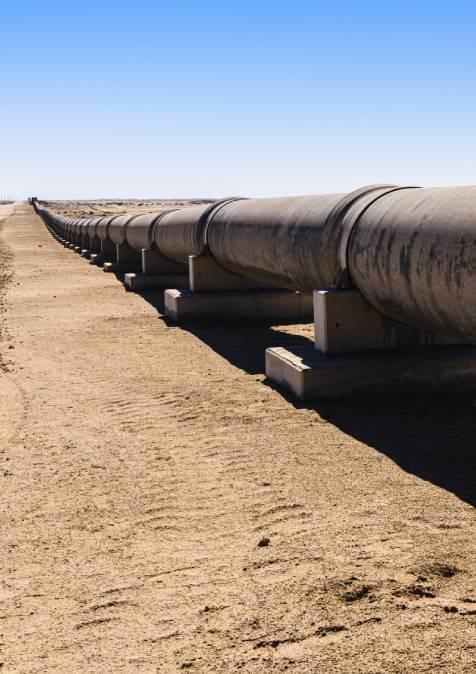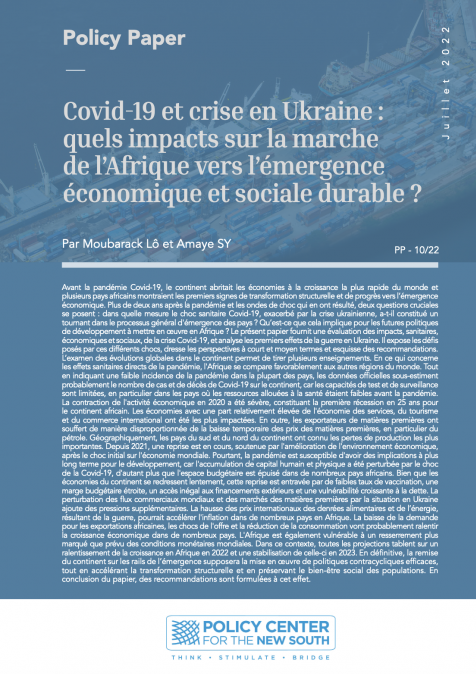Publications /
Policy Brief
The prices of metals -most notably industrial metals- have risen significantly since January 2016, in contrast with 2014 and 2015, which were difficult years. This trend is due to substantial improvements in market fundamentals, both for demand and supply. However, the importance of speculative movements underlying this sharp rise in prices cannot be minimized or omitted. In the short term, it poses the risk of a correction linked to profit taking and a return to greater rationality. In the longer term, it could disrupt investment decisions and eventually induce a level of supply well above that of demand. The likelihood of a market deficit due to the gradual depletion of mines can certainly be explained through basic geology, however, the economic transcription from resources to reserves may pose a challenge of greater complexity1. From this regard, it is clear that the (over-) statement of expected ores and/or metals shortages often serves speculative interests. Rising prices, growing exploratory investments, technological innovations enabling the development of recycling techniques and greater efficiency in the use of materials, as well as the adoption of substitution methods have, up until now, pushed back the limits of resource finiteness.







